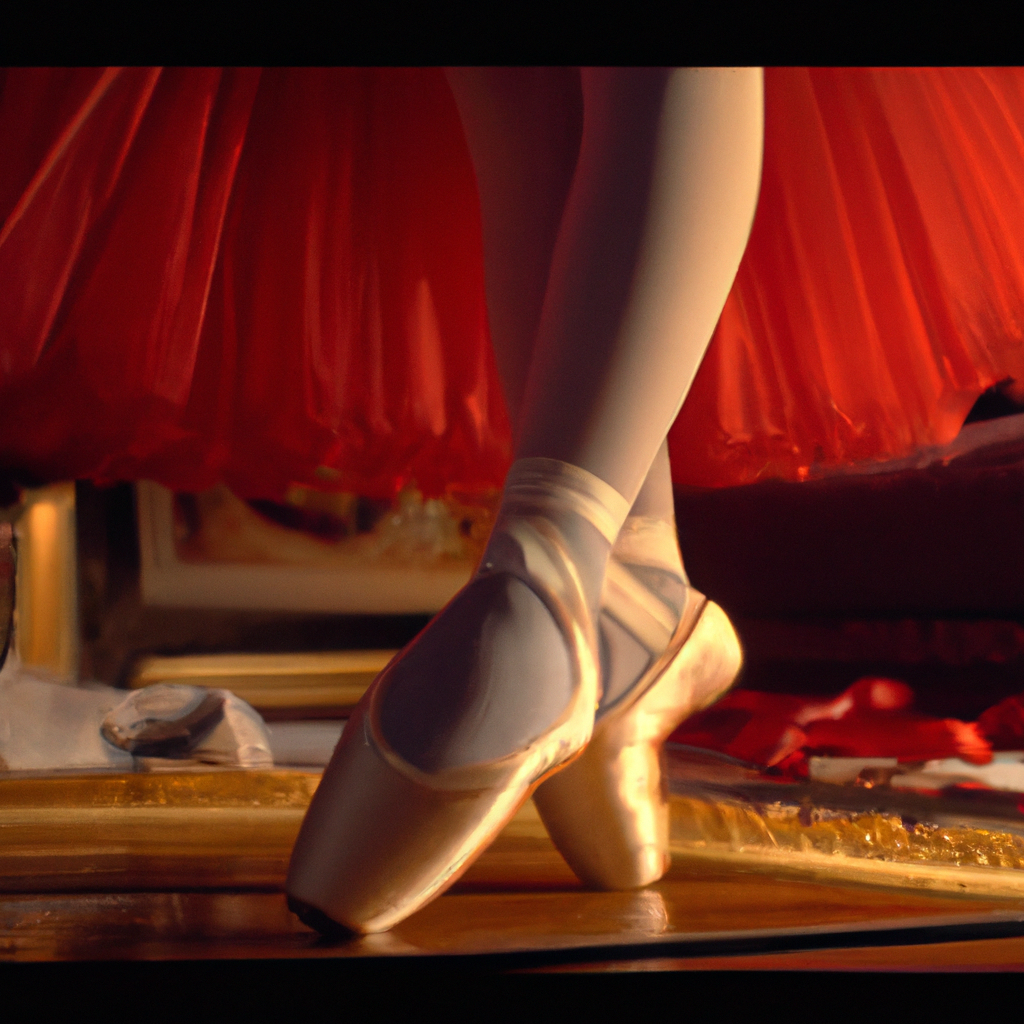Ballet dance is a classical dance form that has evolved over centuries to become one of the most sophisticated and elegant dance styles in the world. It is a dance form that requires a high level of technical skill, grace, and precision. Ballet dance has a rich history and significance that has contributed to its popularity around the world. In this article, we will explore the history and significance of ballet dance, its origins, evolution, culture, performances, movements, and famous ballets.
The History of Ballet Dance
Ballet dance originated in Italy during the Renaissance period in the 15th century. It was a court dance that was performed during royal events and ceremonies. The first ballet performance was held in France in 1581, and it was called “Ballet Comique de la Reine.” It was a production that involved multiple performers, elaborate costumes, and intricate choreography. Over the years, ballet dance became popular in France and other European countries, and it evolved into a professional dance form.
The Significance of Ballet Dance
Ballet dance is significant because it is a form of art that combines music, dance, and storytelling. It is a dance form that requires a high level of discipline, dedication, and hard work. Ballet dancers spend years training and perfecting their technique to become professional dancers. Ballet dance is also significant because it has had a significant impact on other dance styles and art forms, such as contemporary dance, musical theater, and opera.
The Origins of Ballet Dance
Ballet dance has its origins in Italian court dances, which were performed during the Renaissance period. These dances were characterized by intricate footwork, jumps, and turns. The first ballet performances were held in France, and they were influenced by Italian court dances. Over time, ballet dance evolved into a more sophisticated and complex dance form.
The Evolution of Ballet Dance
Ballet dance has evolved over the centuries to become a highly technical and refined dance form. In the early days of ballet, the focus was on the dancers’ footwork and jumps. However, over time, ballet dance began to incorporate more complex movements, such as turns, lifts, and partnering. Today, ballet dance is characterized by its precision, grace, and elegance.
Ballet Culture
Ballet dance has a rich and diverse culture that has contributed to its popularity around the world. Ballet companies and schools can be found in many countries, and they offer training and performance opportunities for aspiring dancers. Ballet culture also includes music, costumes, and sets, which are an integral part of ballet performances.
Ballet Performances
Ballet performances are characterized by their elaborate costumes, sets, and lighting. Ballet companies perform a range of classical and contemporary ballets, such as “Swan Lake,” “The Nutcracker,” and “Giselle.” Ballet performances also include solo performances, duets, and group performances.
Ballet Movements
Ballet dance is characterized by a range of movements, such as pliés, tendus, jetés, and pirouettes. These movements require a high level of technical skill, strength, and flexibility. Ballet dancers spend years training and perfecting their technique to master these movements.
Famous Ballets
Ballet dance has produced many famous ballets that have become a part of popular culture. Some of the most famous ballets include “Swan Lake,” “The Nutcracker,” “Giselle,” and “Romeo and Juliet.” These ballets have been performed by ballet companies around the world and have become a part of the cultural heritage of many countries.
Conclusion
Ballet dance is a classical dance form that has a rich history and significance. It has evolved over centuries to become one of the most sophisticated and elegant dance styles in the world. Ballet dance requires a high level of technical skill, grace, and precision, and it has had a significant impact on other dance styles and art forms. Ballet culture includes music, costumes, and sets, which are an integral part of ballet performances. Ballet performances are characterized by their elaborate costumes, sets, and lighting, and ballet movements require a high level of technical skill, strength, and flexibility. Ballet dance has produced many famous ballets that have become a part of popular culture, and they have been performed by ballet companies around the world. Ballet dance is a form of art that combines music, dance, and storytelling, and it is a dance form that continues to captivate audiences around the world.







